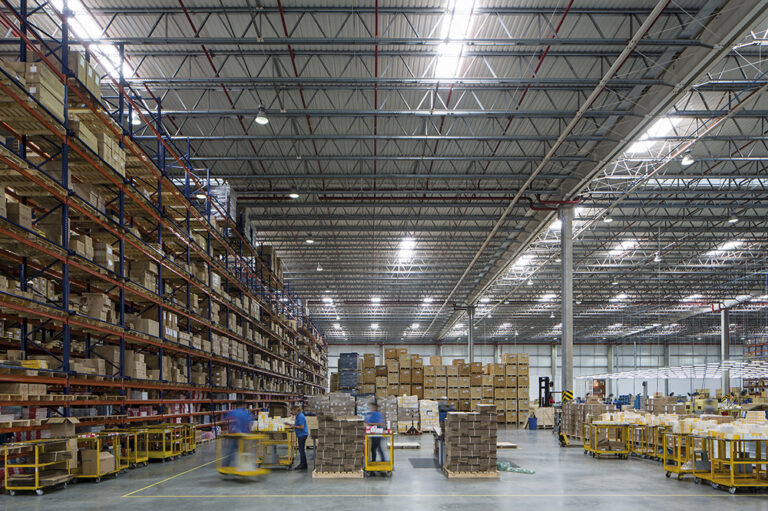There is a school of thought that the major wave of post-war economic growth wasn’t just the euphoria of peace, it was driven by something we take for granted these days…. the widespread proliferation of infrastructure such as plumbing, electricity and refrigeration.
But think back to how revolutionary such technology was… Think of the impact throughout the supply chain that refrigeration of food in the home had on food retail; logistics and even harvests… We all take being able to buy a strawberry on any day of the year for granted, but it is a process that took many evolutionary steps in technology to refine today’s temperature-controlled food chains.
 Think too of the long-term. Yes, there have been horrendous blips of recessions, yet we must remember that we are right in the middle of a major industrial revolution. Digital infrastructure allowed economies and businesses throughout the world to continue trading, despite the effective closure of society as we knew it as a curb to pandemic.
Think too of the long-term. Yes, there have been horrendous blips of recessions, yet we must remember that we are right in the middle of a major industrial revolution. Digital infrastructure allowed economies and businesses throughout the world to continue trading, despite the effective closure of society as we knew it as a curb to pandemic.
This was seen in the ONS figures for retail in the UK in April. Yes, total retail volumes fell 18.1% in April, following a 5.2% drop in March, but we still had a retail sector that could operate at 80% of expected capacity despite the general population being confined to their homes.
Equally e-commerce accounted for a record 30.7% of all retail volumes in April. If the e-commerce economy were more advanced, then I believe that 30% share would have been much higher.
Covid-19 will be seen as the catalyst for speedier changes that were progressing at a slower pace. See last week’s focus from Marks & Spencer on its digital business, and upcoming offer in conjunction with Ocado. For M&S Covid came a year too early for it to ‘benefit’ from the economic conditions that Covid-19 put upon us, but there is no doubt that it will benefit in the future from changes in customer buying habits that have been caused by the pandemic.
 All of this means that logistics and supply chains are having to re-shape to adapt to a 21st century economy. In the future it will not be acceptable that there wasn’t enough e-commerce capacity. Investors will demand such assurances from retailers. It will not be acceptable that your warehouse was based so heavily on human labour, nor that you did not have the fleet or contracts in place to make multiple home deliveries. The technology is out there not just to survive but thrive – and keep your skilled workforce safe from harm.
All of this means that logistics and supply chains are having to re-shape to adapt to a 21st century economy. In the future it will not be acceptable that there wasn’t enough e-commerce capacity. Investors will demand such assurances from retailers. It will not be acceptable that your warehouse was based so heavily on human labour, nor that you did not have the fleet or contracts in place to make multiple home deliveries. The technology is out there not just to survive but thrive – and keep your skilled workforce safe from harm.
Furthermore, processes are increasingly benefiting from digitisation that improve product sourcing, flows (both inside and outside of the warehouse) and impact on the environment. Consider the benefits this will bring, as businesses can offer mass commodities with increased personalisation and the subsequent impact on demand. No wonder FedEx is working in close collaboration with Microsoft to fully digitise its supply chain and product flows. It is, strategically, the first and foremost option it has to survive and thrive as a business.
Finally, such behavioural changes will fundamentally alter the logistics landscape. There will be huge increases in demand for warehousing space as stock is taken out of the high street and out-of-town shopping centres and into warehouses. Think of the demand on our privatised universal service for parcel deliveries, and how dominant such services will be from third-party logistics providers.

As we slowly emerge from the stupor of lockdown, we have to acknowledge that logistics has been changed as a result of this crisis. There is every chance it will never provide the same services in quite the same way ever again.
Christopher Walton, Editor, Logistics Manager







